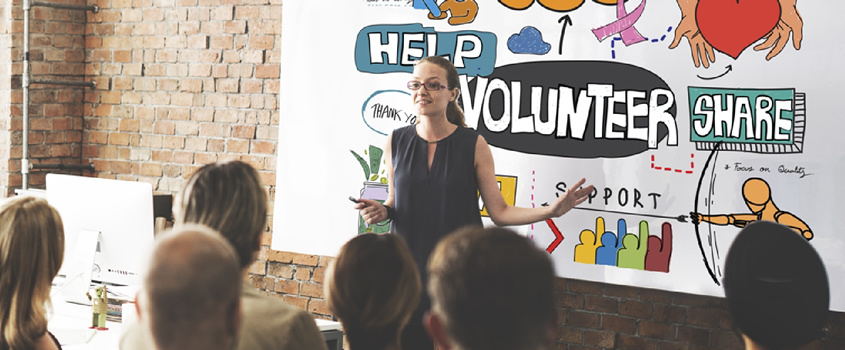republic onboarding
Internet Banking
-
Savings & Chequing
-
Savings Accounts
Growing up with a plan for tomorrow
For youths between the ages 13 to 19 years
Shape your future
Helps you to build your nest egg
Saves you time and money
The wise investment instrument
Earn more on your Foreign Accounts
Chequing Accounts
Bank FREE, easy and convenient
A world of convenience and flexibity
Invest and enjoy the best of both worlds
A value package designed for persons 60 +
Life Stage Packages
Banking on your terms
Getting married?
Tools & Guides
Make an informed decision using our calculators
Help choose the account that’s right for you
All Our Cheques Have A New Look!
-
-
Electronic Banking
-
EBS Products
Open a deposit account online
Pay bills and manage your accounts easily
Banking on the Go!
Welcome to the Cashless Experience
Top up your phone/friend’s phone or pay utility bills for FREE!
EBS Products
Make secure deposits and bill payments
Access your accounts easily and securely with the convenience of Chip and PIN technology and contactless transactions.
Access cash and manage your money
Where your change adds up
-
-
Credit cards
-
Credit Cards
Credit Cards
Additional Information
-
-
Prepaid Cards
-
Pre-paid Cards
-
-
Loans
-
overview
To take you through each stage of life, as we aim to assist you with the funds you need for the things you want to do
We make it easy to acquire financial assistance for tertiary education through the Higher Education Loan Programme
We make it easy, quick and affordable to buy the car of your dreams
Tools & Guides
Helps you determine the loan amount that you can afford
You can calculate your business’ potential borrowing repayments
Republic Bank's Group Life Insurance will provide relief to your family by repaying your outstanding mortgage, retail or credit card balance in the event of death or disablement.
-
-
Mortgages
-
Mortgage Centre
Republic Bank Limited can make your dream of a new home a quick and affordable reality
New Customers
Block for MM- new user mortgage process
There are three stages you must complete before owning your first home
Tools & Guides
block for MM - personal - mortgages
-
-
Investments
-
Investment Products
-
Women Leaders in Social Good
You are here
Home / Women Leaders in Social Good
In 2011, Beyoncé, used this hit song to loudly and triumphantly announce that girls run the world. Now, just two years shy of a decade later, the song might have endured as an anthem of female empowerment but statistics suggest that this is one area where Queen Bey is mistaken.
According to the World Economic Forum, the gender gap will take74 years to close in the Caribbean…unless we do something about it. While a lot has been written about empowering women in business and politics, I’d like to add that there is also a need to empower female leaders in the area of social good.
Of course, you may be thinking, that social good is one area where these statistics should not matter. After all, once people are doing good, gender should be irrelevant, right?
Well, not so fast.
I would start by making the point that we should care about gender parity in all aspects of life. Study after study has shown that gender balance is essential for economies and communities to thrive. But I would also go even further to say that we need more women leaders especially in the area of social good.
Consider this: most non-profit workers in the U.S. are women; in some sectors women make up more than 75% of the workforce. And yet, the percentage of female non-profit CEOs has gone down. Many women work for social good… but they’re much less likely to lead initiatives.
And yet, many of the chronic social issues that non profits seek to address are disproportionately faced by women. According to UN Women, women have less access to the labour market; technology; land ownership; safe water and a host of other factors that contribute not just to their development but to human and social development overall.
Our women and girls need support to overcome and realise their potential. Who better to help than other women? Women are likely to much more intimately familiar with the challenges other women face. Naturally, they should be at the forefront of finding solutions.
Besides, diversity in decision-making leads to better decisions. For evidence, let’s go to an unexpected place: the forests of India and Nepal. Professor Bina Nepal studied the impact of female leadership on forest conservation by comparing local forest management groups based on gender composition. It turns out that groups with a high proportion of women on their executive committees were much more likely to improve forest conditions. Of course! Involving women in decision-making increases creativity, innovation and often brings new skills to the table.
In fact, many women are prepared to lead social good initiatives without realising it. Countless women are trusted community members; I’m sure you can think of examples in your own life. Without meaning to, these women have developed an extensive network of contacts. They’ve earned the trust of their neighbours, their colleagues and their politicians. Who better to lead efforts to help these communities?
Girls may not run the world as Beyoncé suggested but giving more women a seat at the table can bring us much closer to making it a better place. So the next time the question of who should lead your next social good initiative comes up, I’d like to remind you that chances are you already know her. She’s our mother, our sister, the seamstress who never charges those who can’t afford it, the volunteer in our church. Let’s do all we can to help her change the world.
COMPANY INFORMATION
Banking Segments
Press & Media
Contact Us
© 2025 Republic Bank Limited. All Rights reserved.







 Michelle Palmer-Keizer
Michelle Palmer-Keizer
